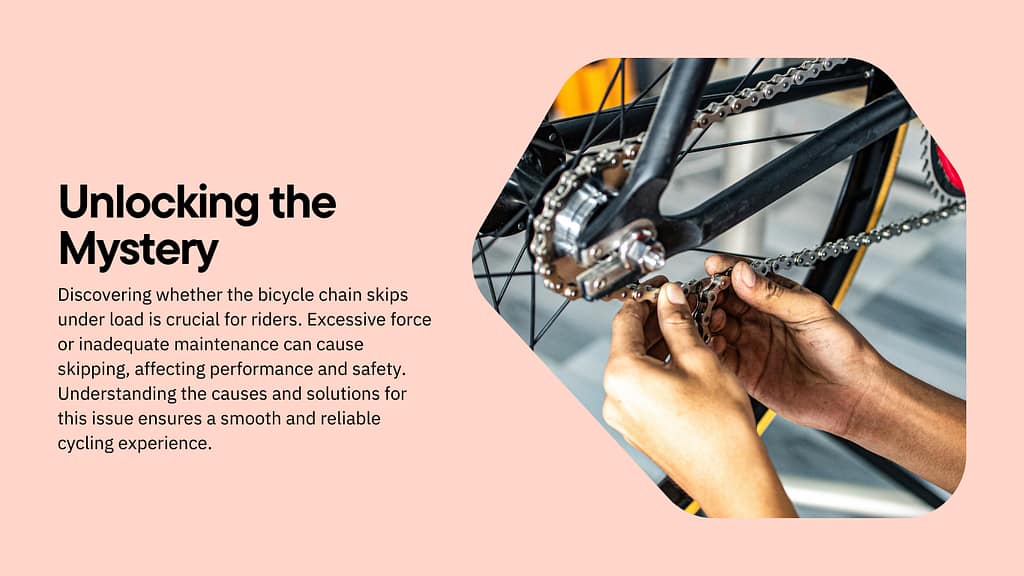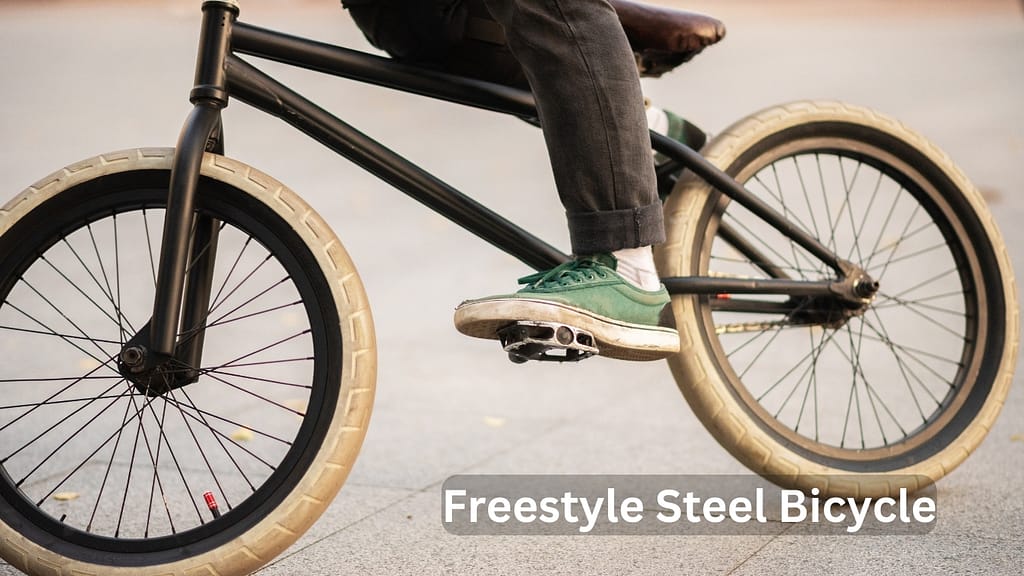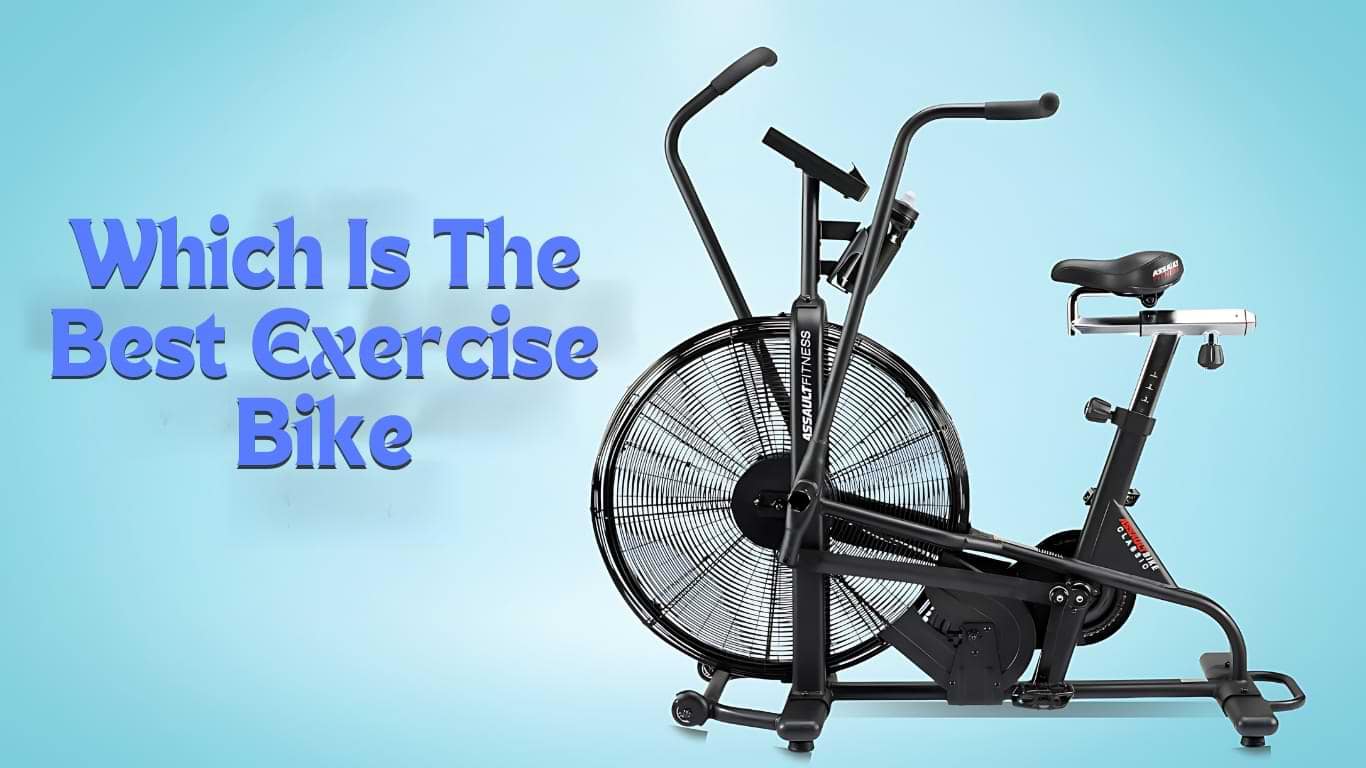We all know the feeling of pedaling hard on our bikes, only to have the chain slip and derail us mid-ride. It’s the worst. But what if we could take advantage of this seemingly annoying occurrence? What if we could use it to power our bikes instead of pedaling?
Introducing the new bicycle chain skip drivetrain! This innovative new system uses the energy from your chain slipping to power your bike, so you can pedal easily and never worry about a slippery
Why does my bicycle chain skip under load?
Your chain may skip while you’re riding for a few reasons. The most prevalent one is that the chain isn’t sufficiently lubricated. A dry or grimy chain will cause skipping, especially when there’s pressure. Another typical reason is that the chain is too loose and is bouncing on the cassette’s teeth while you’re riding. This could also be caused by a bent or damaged link in the chain. Before you lubricate and clean it, check your chain for any damage.
How can I prevent my bicycle chain from skipping under load?
A bicycle chain can skip while under load for a few different reasons. Most often, it is because of a poorly adjusted derailleur, the wrong chain length, or a bent chainring tooth.
The first thing to check if the chain is skipping due to an improperly adjusted derailleur is that the limit screws are set correctly. These screws stop the derailleur from over-shifting, which would make the chain skip. If the limit screws aren’t set right, the chain could fall off of the cassette while shifting.
The first thing to check if the chain is skipping because it’s the wrong length is whether the chain is too long. If it is, it will come off of the gears while you’re shifting. You can figure out the right length for a bike chain by measuring from the middle of the crank arm to the middle of the back axle, and adding two inches.

The first thing to check if the chain is skipping due to a bent chainring tooth is that the chainring is not damaged or misshapen in any way. If it looks damaged, then it needs to be replaced.
What are the consequences of a bicycle chain skipping under load?
If a bicycle chain skips while under load, it can have serious consequences. The chain can come off the sprocket, causing the rider to lose control and possibly crash. The chain can also break, which can leave the rider stranded or having to walk home.
How do I fix a bicycle chain that has already skipped under load?
You will need to establish how badly the chain has skipped. If it has only been skipped once or twice, it might just need to be adjusted. On the other hand, if the chain has skipped multiple times or is excessively loose, it will have to be replaced. Use these steps to fix a bicycle chain that has already skipped under load:
1. Unchain the bike.
2. Examine the chain for any damage. Check for any bent or broken links.
3. If the chain is damaged, you will need to replace it. If not, continue to step 4.
4. Change the tension of the chain by making the rear axle nut tighter or looser.
5. Install a new chain on the bike and give it a light pedal to test it.
How can I avoid damaging my bicycle chain while riding?
While bicycles are an excellent mode of transportation, they can be difficult to maintain. One of the most irritating issues that can occur while riding is when your chain falls off or becomes damaged.
You’re in luck–there are some easy ways to prevent damaging your bike chain. In this blog post, we’ll share some tips on how to keep your chain in good shape and avoid costly repairs.
Lubricate your chain regularly
Maintaining a clean and lubricated bicycle chain is one of the most important tasks. A clean chain will run more smoothly, last longer, and prevent rust.
There are two primary types of chain lube: wet and dry. Wet lube is ideal for wet or dirty environments, as it wards off water and performs well in mud and dirt. Dry lube is best for dry conditions, as it doesn’t attract dirt and dust as wet lube does. You will need to reapply both types of lube frequently, so it’s sensible to have both kinds on hand.
In order to apply chain lube, you should first clean your chain with a rag or brush. Afterward, apply the lube to the inner rollers of the chain being careful not to get any on the outside where it can accumulate dirt. Once you’re finished, wipe off any excess lube with a clean rag.
If you frequently ride in very wet or dirty environments, you might have to clean and lubricate your chain more regularly. As a general rule of thumb, though, you should be able to do this every week or two.
Keep your chain clean
Your bike will be able to shift gears smoothly and last longer if you have a clean chain. Use a chain brush to get rid of dirt and debris, and then lubricate your chain with a high-quality bicycle chain lube. You should clean and lube your chain at minimum once a month, or more frequently if you ride in wet or muddy environments.
You can make your chain last longer by not only keeping it clean but also by choosing the right gear when riding. Take the pressure off your chain by shifting gears frequently, and use smaller gears when going up hills. If you hear your chain creaking or grinding, shift to a lower gear.
Inspect your chain for damage
Before each ride, check your chain for damage and clean and lubricate it as necessary. Look for the following signs of damage:
-Sprockets with worn teeth
-Missing or damaged links can be a problem for your blog. If you’re using an automated blogging solution, make sure to check for broken links regularly. You can use a plugin or software to help you automate this process.
-Links that are not straight
-Don’t overstretch
Don’t ride in wet conditions
Your bicycle chain can be damaged by several different things, but one of the most frequent causes is riding in wet weather. If water gets into your drivetrain, it can cause your chain to rust and create too much wear and tear.
If you find yourself riding in wet weather often, there are a few things you can do to keep your chain in good condition. First, clean and lubricate your chain on a regular basis. This will help to prevent water and dirt from building up inside the links and bearings. Second, invest in a high-quality chain lube that is designed specifically for wet conditions. These types of lubes usually contain additives that help to repel water and protect against rust.
If you reside in an area with a lot of rainfall, it might be beneficial to invest in a mudguard or fender for your bike. By doing so, you can avoid water and mud from spraying onto your chain and drivetrain, keeping them clean and dry.

Don’t ride in dirt or mud
Your bike chain will become clogged with dirt and debris if you ride in mud or dirt, which will reduce its lifespan. If you must ride in such conditions, remember to clean and lubricate your chain when you’re finished.
Don’t cross over obstacles
If you need to cross an obstacle, do so at a very shallow angle. The less of an angle between your chain and the obstacle, the lower the chance of the chain coming off.
Don’t backpedal
Bicycle chains are designed to move in a linear direction, and putting any lateral force on them can cause premature wear. When you backpedal, the chain is forced to twist and bind, which can cause it to skip teeth on the cog or sprocket. Over time, this can damage the chain or cause it to break.
Shift gears properly
You can reduce the risk of harming your bicycle chain by shifting gears correctly. Be gentle and smooth when you shift gears. Also, don’t shift gears suddenly or while applying too much pressure, as this can damage the chain and cause it to break.
What are the benefits of using bicycle chain lube?
There are many benefits of using bicycle chain lube. One is that it can help prevent your chain from rusting. Another is that it can help reduce friction between your chain and the sprockets, which can prolong the life of your drivetrain components.
Lubricating your bicycle’s chain can also make gear changes smoother and quieter. It can also help keep your chain clean and free of corrosion. If you frequently ride in wet or sandy conditions, lubing your chain regularly is even more important to prevent accelerated wear of your drivetrain parts.
How often should I lube my bicycle chain?
As a general guideline, you should lube your chain every 100 miles or so. This can differ based on conditions though. For example, if you reside in a really wet or dusty area, you might need to lube more frequently. On the other hand, if you often ride on smooth roads, you might be able to get by with lubing less often.
What is the best bicycle chain lubes?
Dry lube is ideal for when you’re riding in dusty or sandy conditions. It won’t attract as much grit and will last longer than wet lube would in these situations.
Wet lube is ideal for wet or muddy environments. It will pull in less dirt and grime than dry lube and will do a better job of preventing rust.
Lube needs to be reapplied frequently to both types, and you should always clean your chain before adding more lube.





